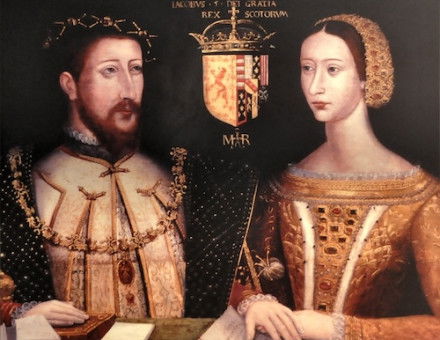Anglo-Saxon Double Monasteries
Monks and nuns living together: not a cause for scandal but, as Barbara Mitchell explains, an intriguing window onto the variety of monastic life - under the aegis of remarkable abbesses - before the Conquest.

The double monasteries of Anglo-Saxon England have attracted the attention of historians recently, particularly those with an interest in womens' studies, because of the importance of their abbesses, who ruled over communities consisting of monks as well as nuns. This article is an attempt to reassess them in the light of some recent as well as some well-trodden paths.
They were a peculiar institution in the history of monasticism and relatively short-lived. Most were founded in the seventh century and had disappeared by the middle of the ninth. They were usually founded by or for a woman of royal or high birth who would rule a community of nuns and a parallel but physically separate community of monks, some of whom would be trained and ordained as priests who, since women could not be ordained, would celebrate mass and administer the sacraments for the whole community, which would usually worship in the same church.





